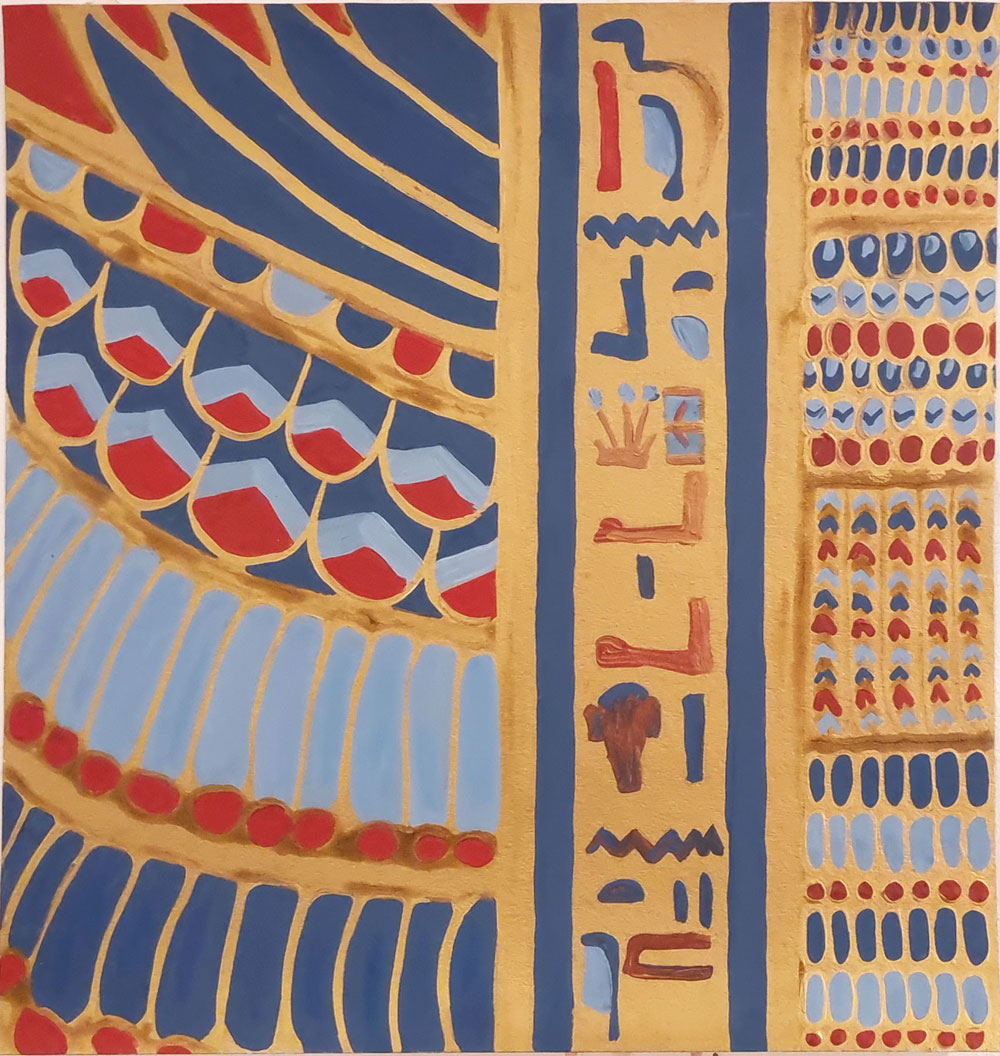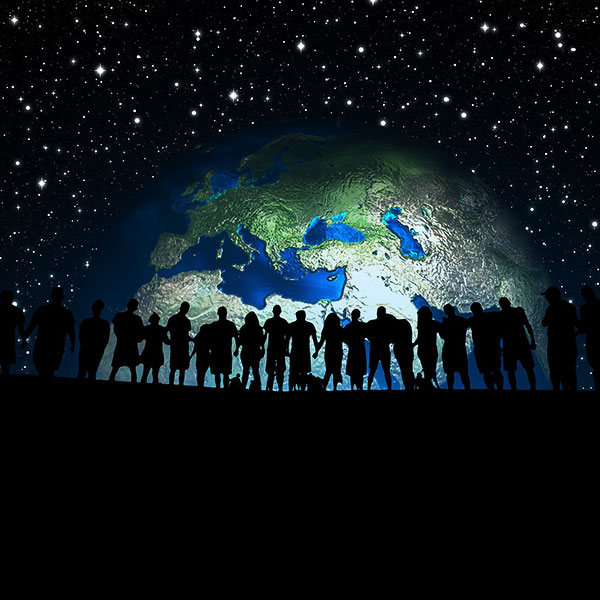The first towns, cities and empires would lay the groundwork for our modern society today. They each had their attributes based on their geography, local crops and other local resources. This would essentially lay the foundation for how great the civilisation itself would become as well as with trade routes, innovations and impressive leaders.
Let’s track back the timeline of some of the great ancient civilisations and when they began.
Timeline
3500 BCE – Mesopotamia had the first city of Uruk and the earliest writing systems
3100 BCE – Ancient Egypt along the Nile, the longest consistent culture of 3000 years
3300 BCE – Indus Valley civilisation in North India
2000 BCE – Ancient China along the Yangtze and Yellow Rivers
2000 BCE – Nubian civilisation of Kingdom of Kush
1600 BCE – Lapita civilisation in Austronesia, Pacific Islands
1500 BCE – Olmec civilisation in Mesoamerica
1000 BCE – Polynesian civilisation emerged from earlier Lapita in the Pacific Islands
800 BCE – Ancient Greece, hub of culture, philosophy and trade
753 BCE – Ancient Rome, great for architecture and military power
500 BCE – Zapotec civilisation in Mesoamerica
As the centuries rolled on, many of these great civilisations crumbled and were replaced by others. They would follow the basic structure of how society began in these initial great civilisations. Today our society still follows the basic structure of those early civilisations using agriculture as the main food source with domesticated crops and animals, using progressive technology for various aspects of society like trade, communication and travel, and a system based on hierarchy.





